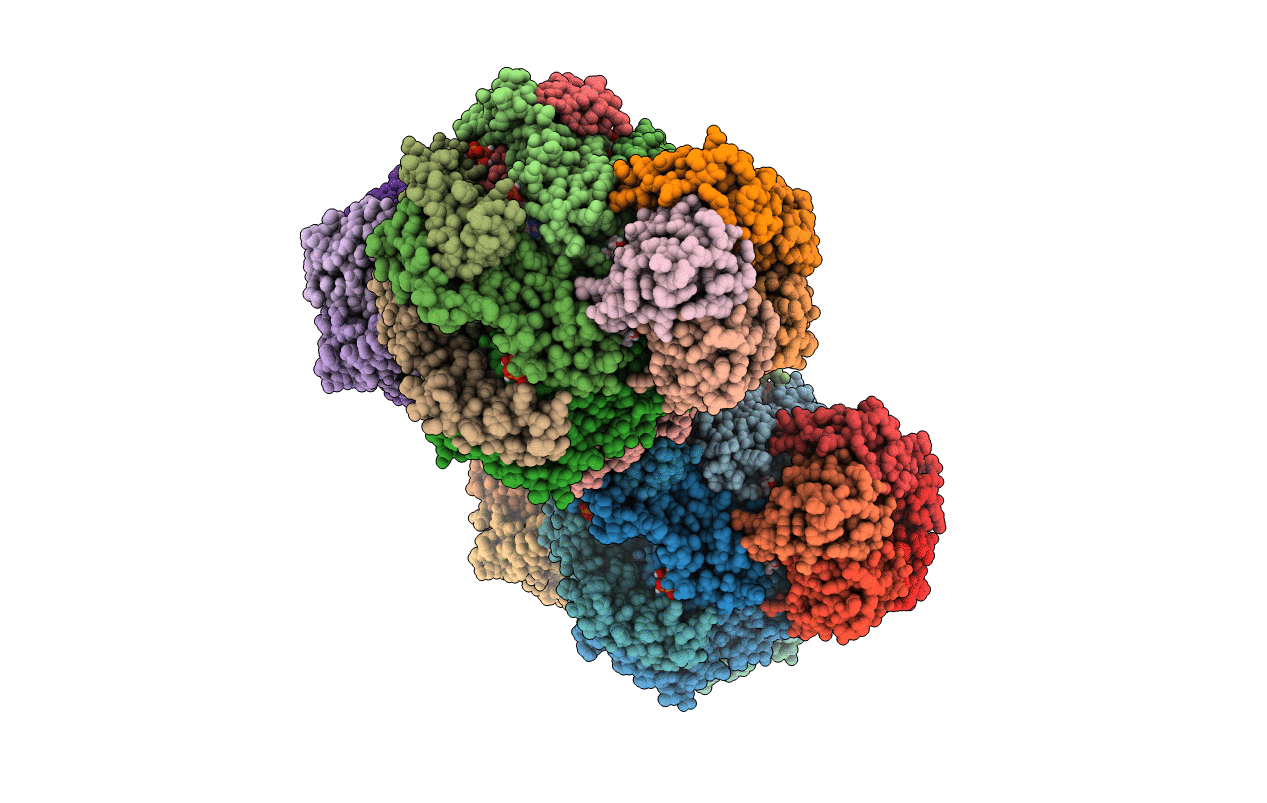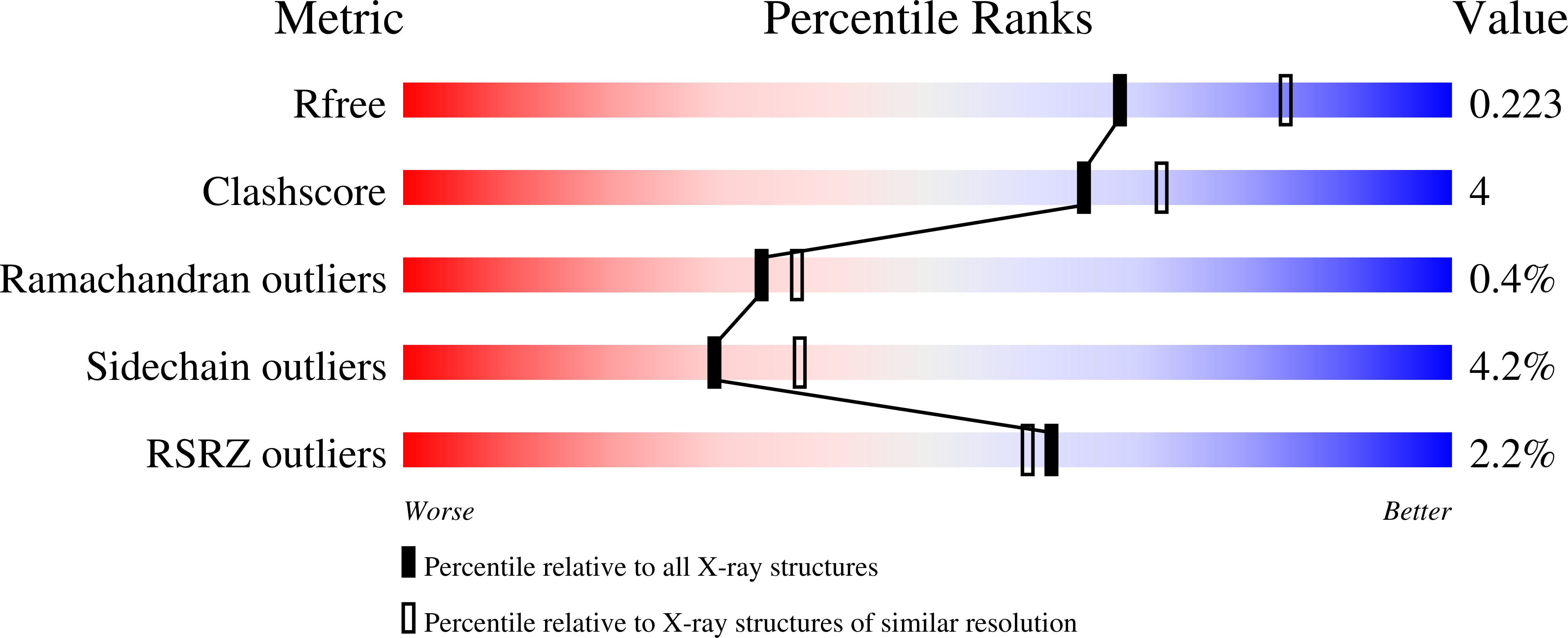
Deposition Date
2020-10-07
Release Date
2021-10-20
Last Version Date
2024-01-31
Method Details:
Experimental Method:
Resolution:
2.21 Å
R-Value Free:
0.22
R-Value Work:
0.17
R-Value Observed:
0.17
Space Group:
P 1 21 1


